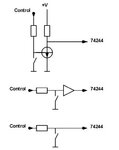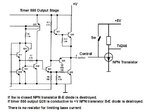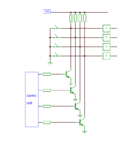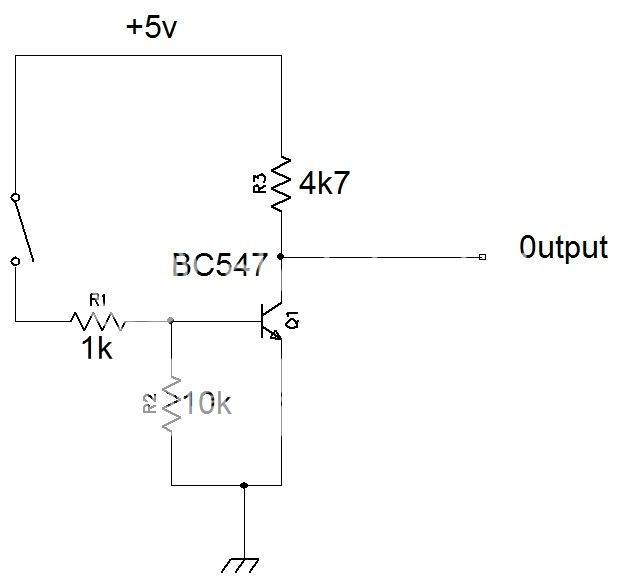neazoi
Advanced Member level 6
This is a silly question but I just want to make sure.
In the schematic provided, mechanical switches are used to set the logic levels on the buffers.
I am thinking of bypassing the switches with NPN transistors, to add the ability to electronically set the levels.
1. connect each NPN transistor collector to the pullup resistor (74244 buffer input)
2. connect each NPN transistor emitter to the ground.
3. Connect each mechanical switch to 5V directly and on each base of the transistors, in order to enable the transistor switch electronically.
Is this configuration correct?
In the schematic provided, mechanical switches are used to set the logic levels on the buffers.
I am thinking of bypassing the switches with NPN transistors, to add the ability to electronically set the levels.
1. connect each NPN transistor collector to the pullup resistor (74244 buffer input)
2. connect each NPN transistor emitter to the ground.
3. Connect each mechanical switch to 5V directly and on each base of the transistors, in order to enable the transistor switch electronically.
Is this configuration correct?





